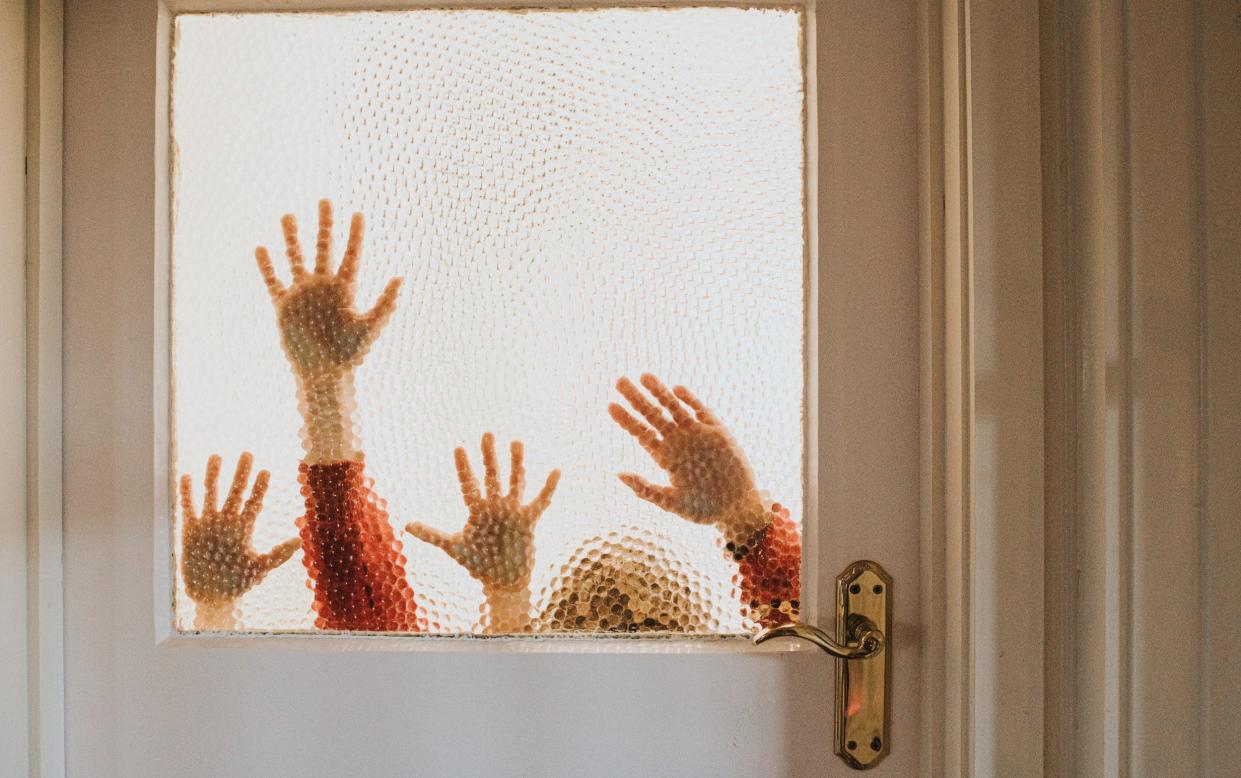Children endure ‘dangerous’ waits for NHS help due to Covid backlogs

More than 12,000 children are enduring “dangerous” waits of more than a year for NHS help, amid warnings that the lockdown generation is being left behind in efforts to clear backlogs.
Those under the age of 18 are now three times as likely as adults to face year-long waits for help from community health services, official figures show.
Experts said the waits for children in need of speech and language therapy, assistance with motor skills and developmental difficulties were “profoundly concerning and frankly unacceptable”.
Warning of a “disturbing” crisis exacerbated by social distancing and repeated lockdowns, they called for urgent action to prioritise the generation growing up in the shadow of the pandemic.
Dr Camilla Kingdon, president of the Royal College of Paediatrics and Child Health, said such delays were “dangerous,” warning that too often they meant children missing the window for treatment, with lifelong consequences.
It comes as the NHS braces for record disruption, as junior doctors embark on four days of walkouts, straight after the Easter bank holiday weekend.
The strikes are set to result in hundreds of thousands of appointments and operations being cancelled, on top of the 320,000 already lost to previous NHS walkouts.
The NHS recently began publishing statistics tracking waiting times in community services, which are not collected in routine data about the size of acute hospital waiting lists.
These show that between October and January, the total number of adults on lists has fallen by almost 8 per cent from 704,030 to 648,404.
At the same time, the number of children facing such waits has risen by almost 4 per cent, increasing from 206,504 to 214028 in four months.
While 17.5 per cent of adults have been waiting more than 18 weeks, 36.4 per cent of children have faced similar waits. And while 1.8 per cent of adults have been waiting more than 52 weeks, this goes up to 5.9 per cent among children.
On top of this, thousands of children have seen operations cancelled.
The trends come amid rising demand from a generation whose formative years and communication skills were blighted by masks, social distancing and repeated closures of nurseries and schools, fuelling developmental delays.
'Lifelong impacts'
The statistics show that over just four months, the number of children waiting for “occupational therapy”, which can help with motor skills and co-ordination, has risen by more than a fifth, with 22,556 facing such waits. Lists for the more general category of community paediatric services have risen by almost 8 per cent, leaving 64,597 on such lists.
Meanwhile, the number of children waiting for speech and language therapy has risen by almost 6 per cent, with 67,774 waiting. They include 2,980 children waiting at least a year for help – 4.4 per cent of all those on such lists.
Child-health experts called for urgent investment in healthcare services, and said children had been “deprioritised” during the pandemic and continued to get a raw deal.
RCPCH President Dr Camilla Kingdon said: “Waiting times for children continue to rise even though the adult waiting lists have shrunk. Such long waits for diagnosis, treatment or support are unacceptable for any patient, but can be particularly dangerous for children.
“For children and young people, many treatments need to be given by a specific age or developmental stage. It is not the same as for adults. If you miss the right window to treat a child or wait too long the consequences can be irrevocable and can have lifelong impacts on a child’s healthy development.”
‘Unacceptably high’
She urged ministers to invest in community paediatrics and speech and language services, saying waiting times are “unacceptably high”, and to provide a fully funded workforce plan to expand staff numbers.
Steve Jamieson, chief executive of the Royal College of Speech and Language Therapists, said the findings were “deeply disturbing”.
He added: “Demand for speech and language therapy has grown exponentially in recent years and workforce capacity has failed to keep pace.”
Mr Jamieson said a decade of underfunding speech and language therapy had caused a crisis that had been exacerbated by the pandemic.
“It’s clear that speech and language therapy services are at breaking point and waiting times will continue to grow unless the Government takes decisive action,” he added, urging ministers to publish a comprehensive workforce plan to meet current and future demand.
“We know children’s early language skills are crucial to their educational attainment, mental health, and employment prospects later in life. However, the pandemic has meant that many children have had fewer opportunities to interact with others and develop these key skills, and they are now presenting with more complex communication needs. This is why early identification and intervention is of paramount importance,” said Mr Jamieson.
Waits of at least one year
Across the country, Devon is the area with the highest proportion of children facing waits of at least one year – with almost one in five waiting this long. In Sussex, 17.1 per cent of children on lists face this wait, along with 15.9 per cent of those in Leicester, Leicestershire and Rutland.
In the best-performing areas, including Bath and North East Somerset, Swindon and Wiltshire, Bedfordshire, Luton and Milton Keynes, Mid and South Essex, no children face waits of more than 12 months.
An NHS spokesperson said: “The NHS is working hard to reduce waiting times for children and young people’s services, including those commissioned by local authorities, and is developing a long term workforce plan to ensure services have the right numbers of the staff with the right skills over the coming years.”

 Yahoo News
Yahoo News 
